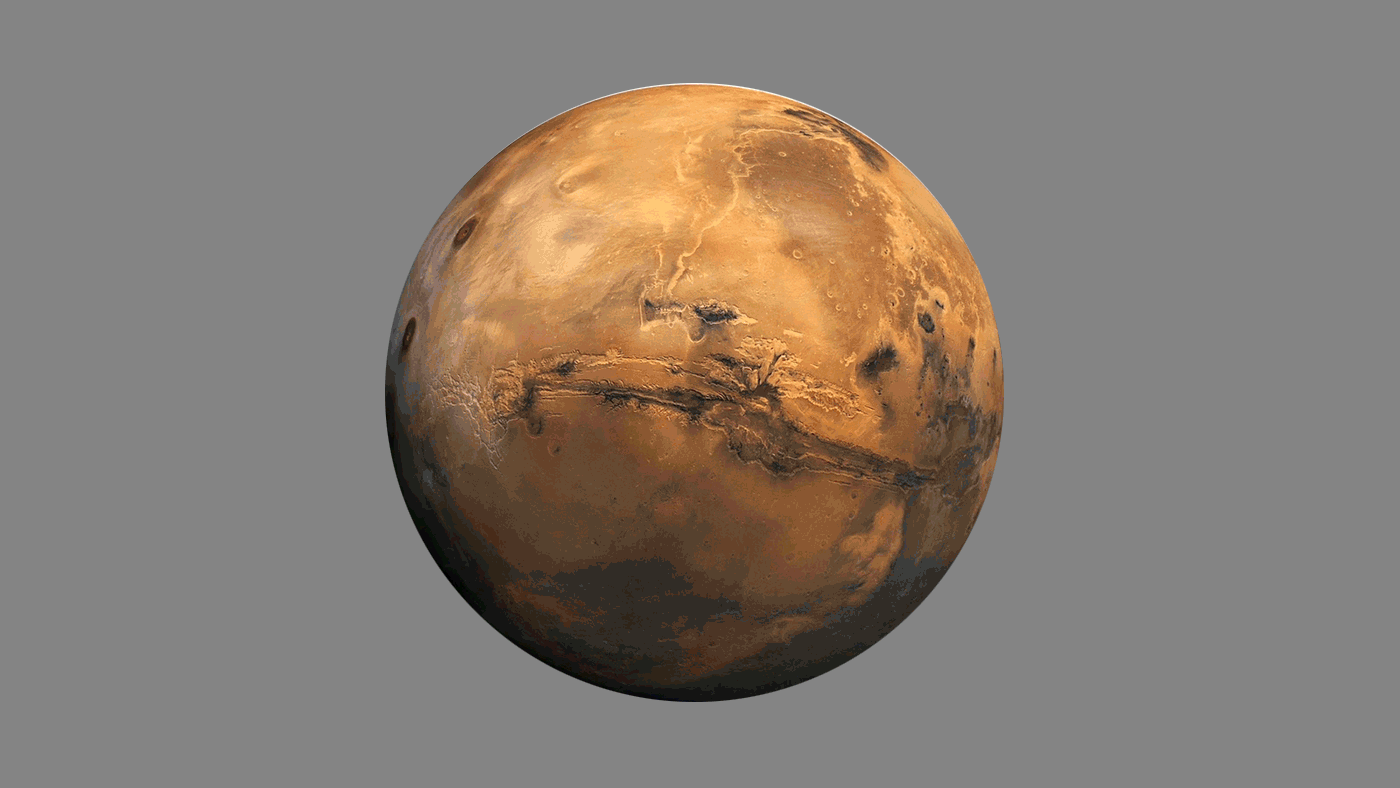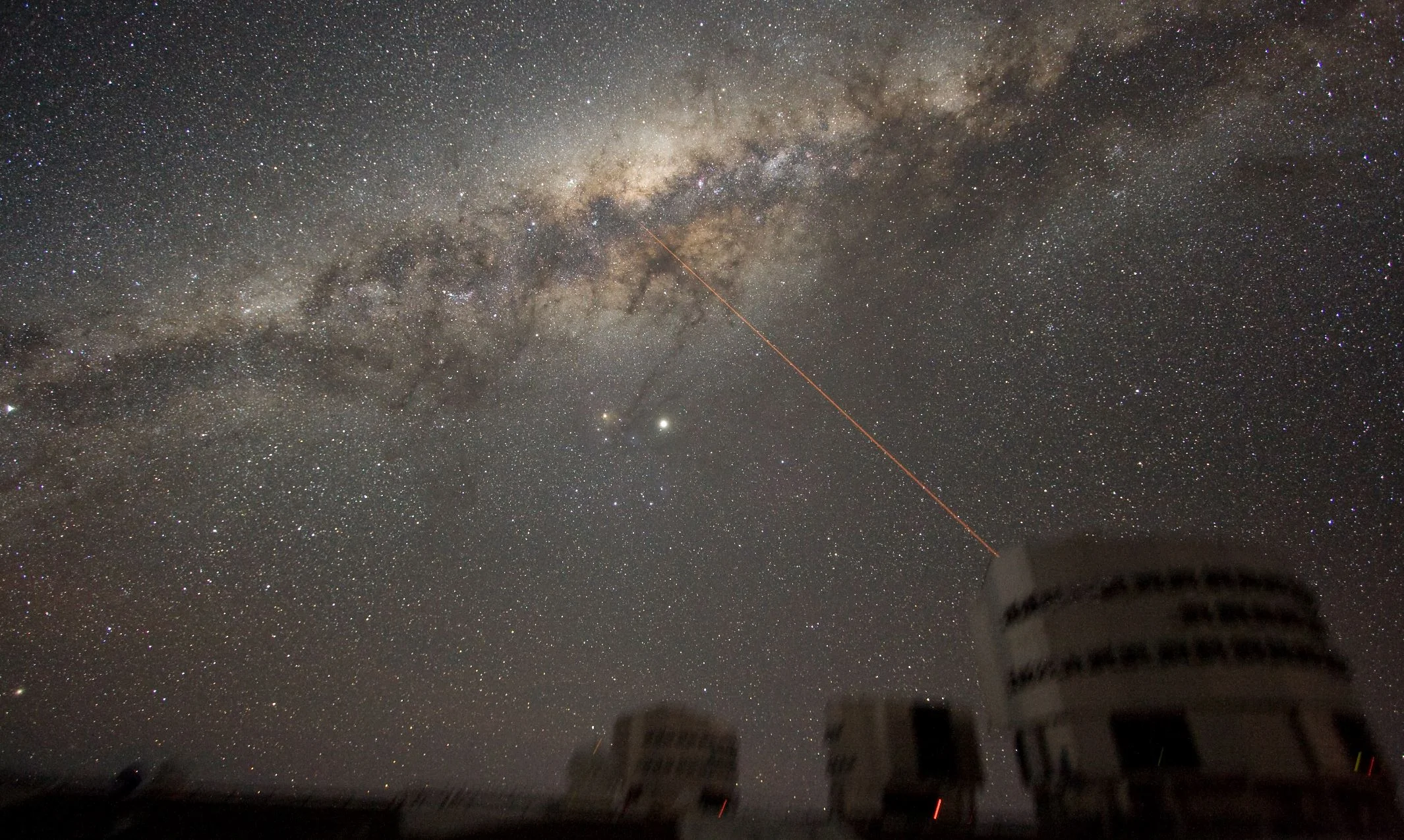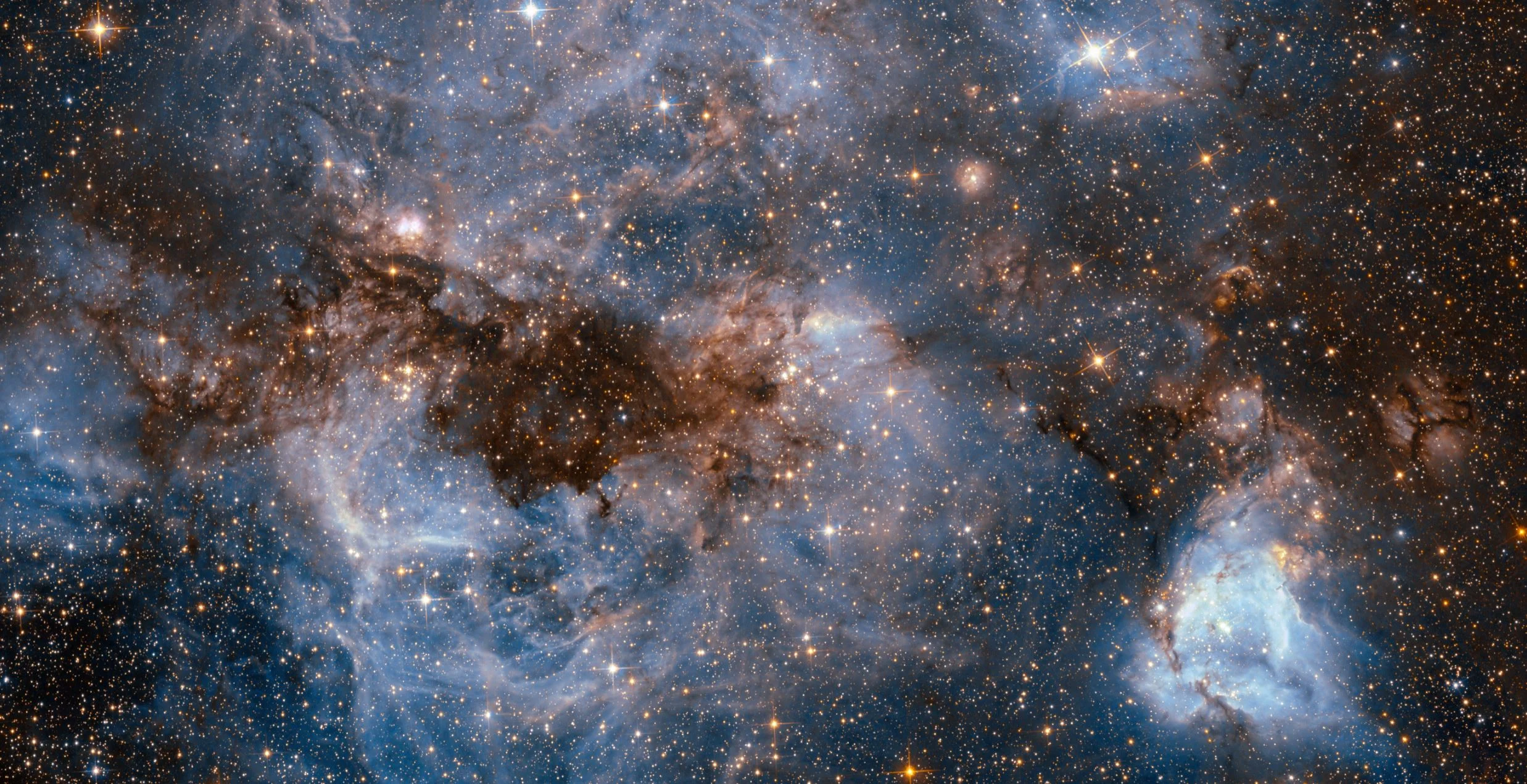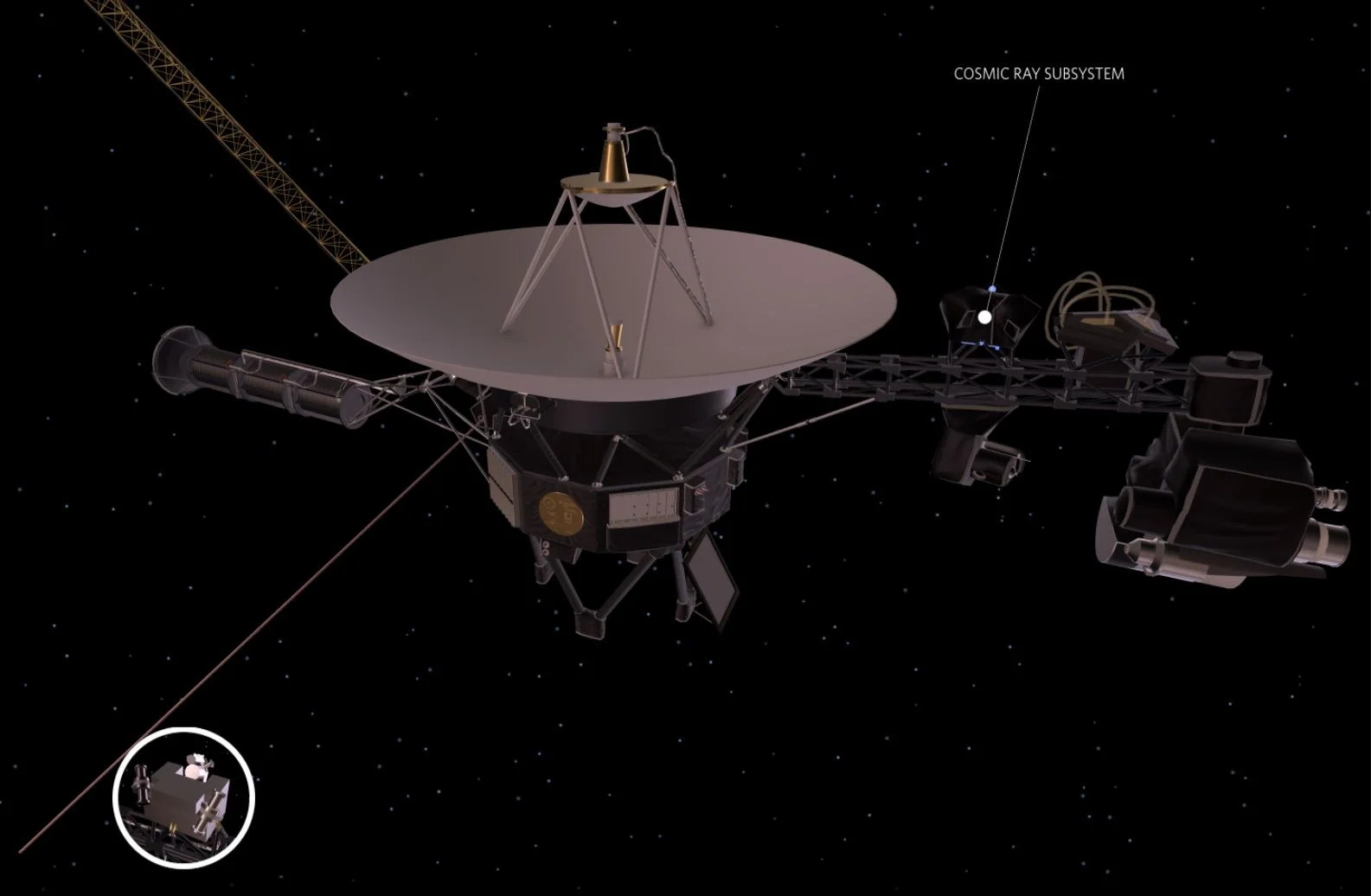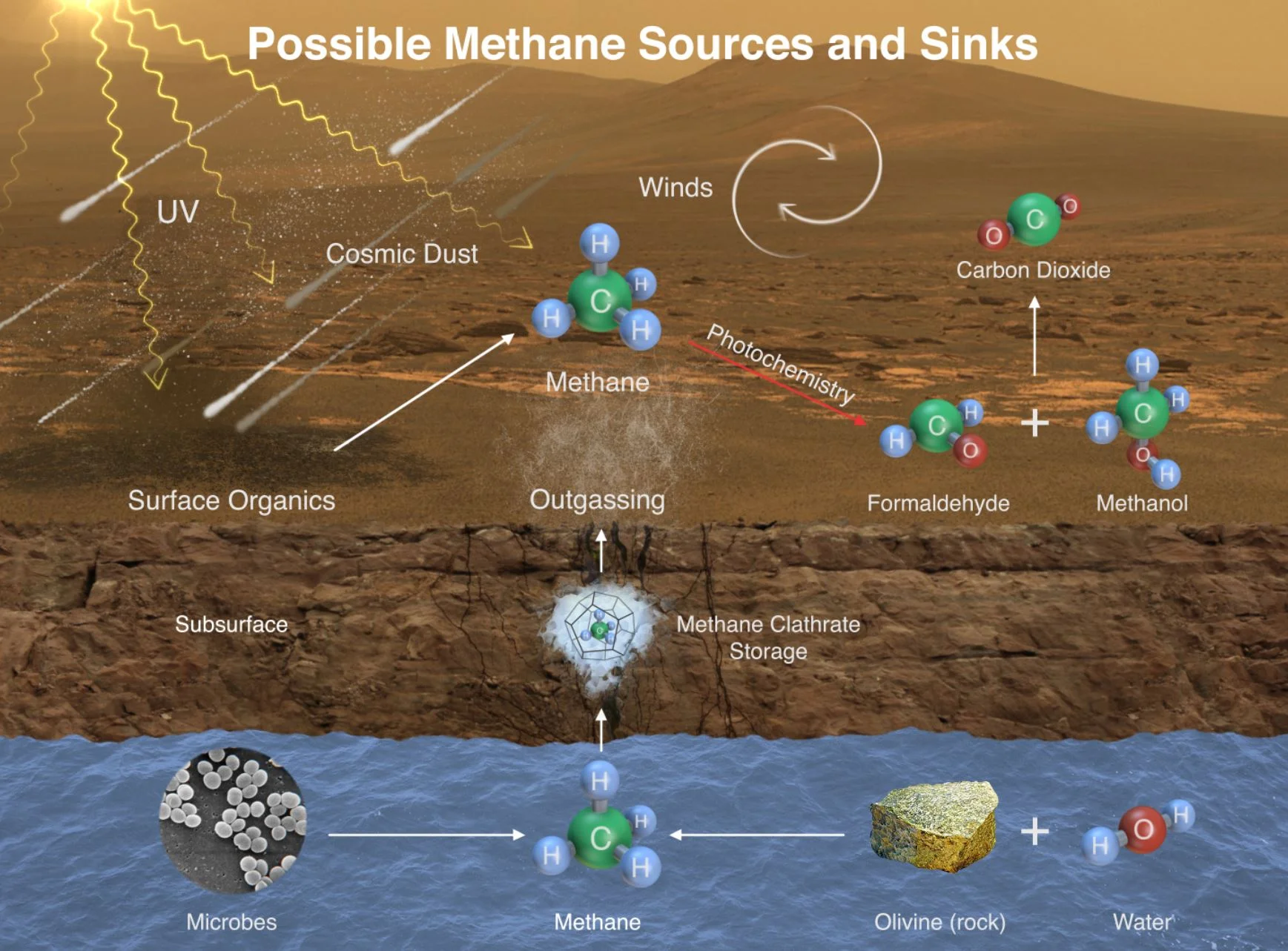Southern California got all shook up after a set of recent quakes. But Earth isn't the only place that experiences quakes: Both the Moon and Mars have them as well. NASA sent the first seismometer to the Moon 50 years ago, during the Apollo 11 mission; the agency's InSight lander brought the first seismometer to Mars in late 2018, and it's called the Seismic Experiment for Interior Structure (SEIS).
Yes, I’m searching for aliens – and no, I won’t be going to Area 51 to look for them
There are Ring-Like Formations Around the Lakes on Titan
Some lakes on Titan have ring-like shapes around them, and scientists are trying to find out how they formed. Understanding how they formed may tell us something about how the entire region they’re in, including the lakes, formed. The ring-shaped features are found around pools and lakes at Titan’s polar regions.
Gaia Mission is Mapping Out the Bar at the Center of the Milky Way
Despite the many advancements made in the field of astronomy, astronomers still struggle to get an accurate assessment of the Milky Way Galaxy. Because we are embedded in its disk, it is much more difficult to assess its size, structure, and extent – unlike galaxies located millions (or billions) of light-years away. Luckily, thanks to improved instruments and tireless efforts, progress is being made all the time.
Pictures from Curiosity Show the Bottom of an Ancient Lake on Mars, the Perfect Place to Search for Evidence of Past Life
Awesome picture: HiRISE Spots Curiosity Rover at Mars' 'Woodland Bay'
A dramatic Martian landscape can be seen in a new image taken from space, showing NASA's Curiosity rover examining a location called "Woodland Bay." It's just one of many stops the rover has made in an area referred to as the "clay-bearing unit" on the side of Mount Sharp, a 3-mile-tall (5-kilometer-tall) mountain inside of Gale Crater.
Long before Armstrong and Aldrin, artists were stoking dreams of space travel
Study suggests asteroids and other objects might play key role in spreading the seeds of life
There Should Be More Iron In Space. Why Can’t We See It?
Five reasons future space travel should explore asteroids
On the same day that the Earth survived an expected near-miss with asteroid 367943 Duende, Russian dashcams unexpectedly captured footage of a different asteroid as it slammed into the atmosphere, exploded, and injured more than 1,000 people. That day in Chelyabinsk in February 2013 reminded the world that the Earth does not exist in a bubble.
A Jarful of Titan Could Teach Us A Lot About Life There, and Here On Earth
Hubble Uncovers a Black Hole that Shouldn't Exist
Mars’ North Pole is Doing the Dust Storms Thing Again
A New Plan for Keeping NASA's Oldest Explorers Going
With careful planning and dashes of creativity, engineers have been able to keep NASA's Voyager 1 and 2 spacecraft flying for nearly 42 years — longer than any other spacecraft in history. To ensure that these vintage robots continue to return the best science data possible from the frontiers of space, mission engineers are implementing a new plan to manage them. And that involves making difficult choices, particularly about instruments and thrusters
Women are less supportive of space exploration – getting a woman on the Moon might change that
Very cool: The ESA’s SpaceBok Robot Will Hop Its Way Around Low-Gravity Worlds
NASA Satellites Find Biggest Seaweed Bloom in the World!
An unprecedented belt of brown algae stretches from West Africa to the Gulf of Mexico—and it’s likely here to stay. Scientists at the University of South Florida in St. Petersburg's College of Marine Science used NASA satellite observations to discover and document the largest bloom of macroalgae in the world, dubbed the Great Atlantic Sargassum Belt, as reported in Science.
Where Does Mars’ Methane Go? New Study Provides Possible Answer, with Implications in the Search for Life.
For centuries, scientists have speculated about the existence of life on Mars. But it was only within the past 15 years that the search for life (past and present) really began to heat up. It was at this time that methane, an organic molecule that is associated with many forms of life here on Earth (i.e. a “biosignature”) was detected in Mars’ atmosphere.
NASA's First Rover on the Red Planet
Would your mobile phone be powerful enough to get you to the moon?
Many people who are old enough to have experienced the first moon landing will vividly remember what it was like watching Neil Armstrong utter his famous quote: “That’s one small step for a man, one giant leap for mankind.”. Half a century later, the event is still one of the top achievements of humankind. Despite the rapid technological advances since then, astronauts haven’t actually been back to the moon since 1972.

